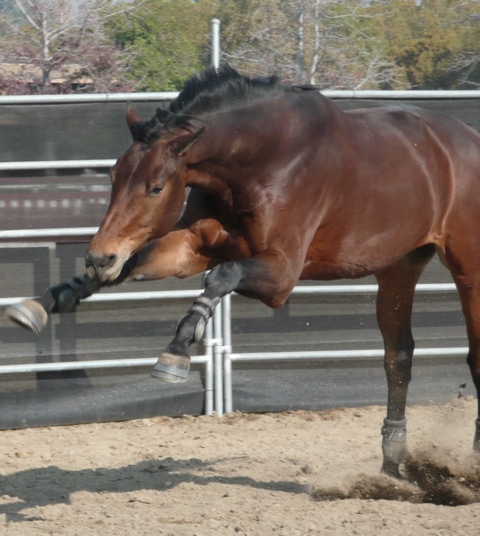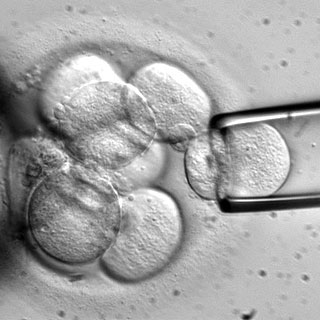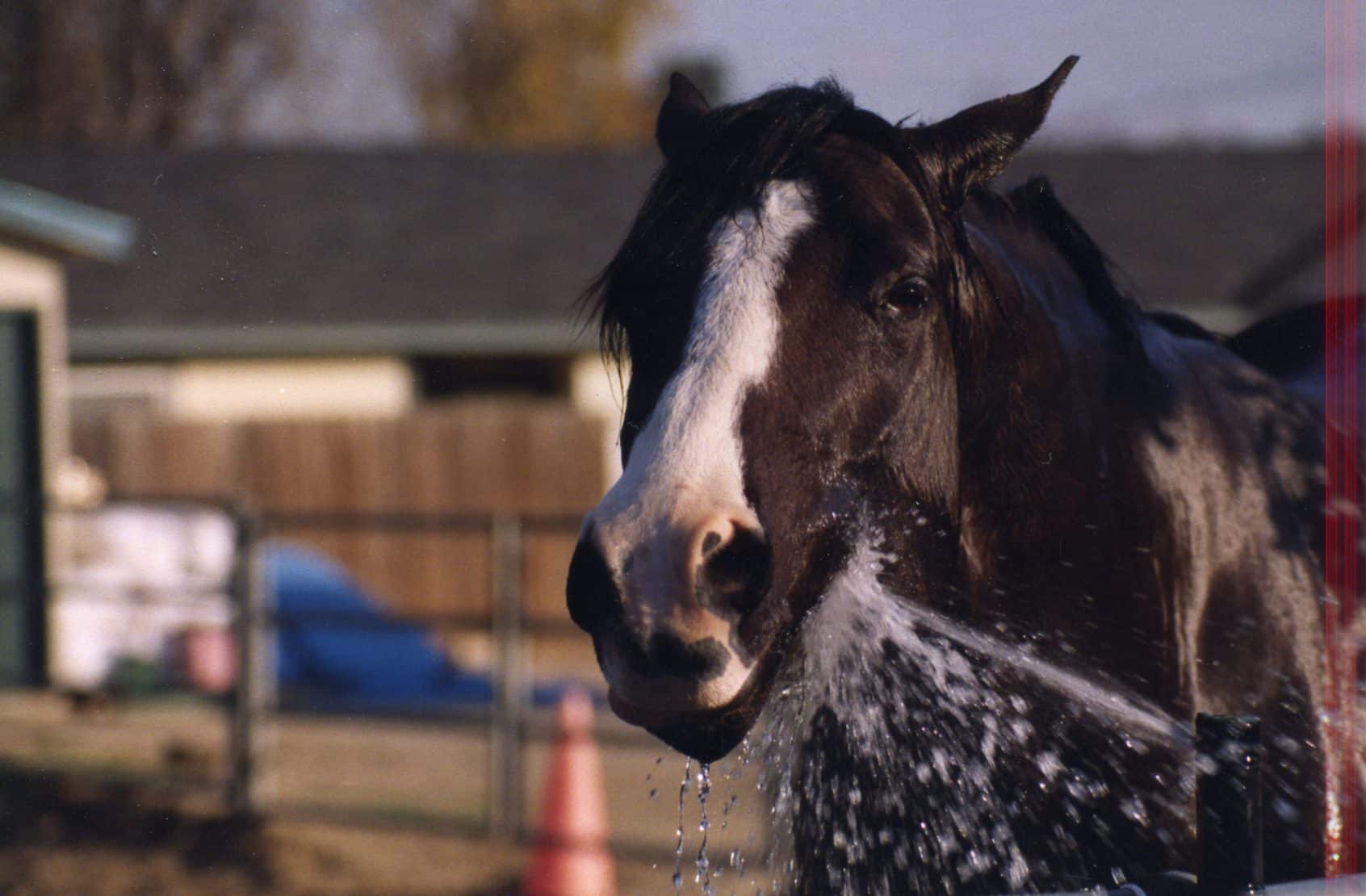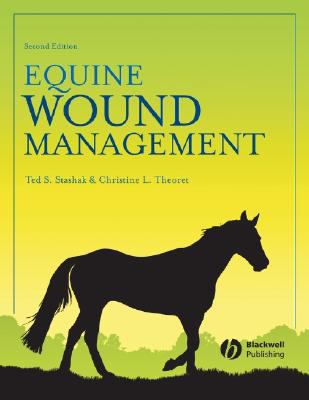 Well, it’s time for the foals, and it’s about as exciting a time of year as can be. Unfortunately, sometimes this exciting time can turn tragic, because some foals get very sick, and, unfortunately, some of those foals don’t make it. So let’s see if we can get some information out there to help keep the new babies from getting sick, and keep them as healthy as possible.
Well, it’s time for the foals, and it’s about as exciting a time of year as can be. Unfortunately, sometimes this exciting time can turn tragic, because some foals get very sick, and, unfortunately, some of those foals don’t make it. So let’s see if we can get some information out there to help keep the new babies from getting sick, and keep them as healthy as possible.
Honestly, I don’t see a lot of foals – not a lot of breeding goes on in the Los Angeles area, probably due to a lack of space to raise horses – but foals are a very important topic. I mean, who doesn’t love a new foal? So, I asked my friend Dr. John Madigan, who a neonatal foal expert at the University of California-Davis, to help me put together a list of the most important things that you can do yourself to help ensure that your (mare’s) new foal gets off to a healthy start, and stays that healthy, too!
 GOAL NUMBER ONE – PREVENT THE FOAL FROM GETTING INFECTED IN THE FIRST PLACE
GOAL NUMBER ONE – PREVENT THE FOAL FROM GETTING INFECTED IN THE FIRST PLACE
TRIVIA QUESTION! Who said, “An ounce of prevention is worth a pound of cure?” If you said, William Shakespeare, that’s a good guess, but it’s wrong. The answer? Benjamin Franklin, that wonderful American who stares at you from the $100 dollar bill (when you have a $100 bill – I haven’t seen him in a while). Oh, and CLICK HERE to find out fun facts about the $100 bill.
Right. Back to the article.
The best thing that you can do is keep your foal from getting infected in the first place. This mostly involves a lot of washing. No mystery detergents needed – just soap, water, and some elbow grease. Here’s what you do.
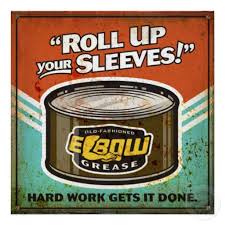 1. Clean up the mare before she foals – wash her backside thoroughly, to remove manure (poop), which, as you surely know, is full of bacteria. Being full of bacteria is fine for poop – not so good for a new born foal.
1. Clean up the mare before she foals – wash her backside thoroughly, to remove manure (poop), which, as you surely know, is full of bacteria. Being full of bacteria is fine for poop – not so good for a new born foal.
2. Clean up the mare AFTER she foals, when the baby is still on the ground. There will have been a Noah-esque amount of fluid that’s accompanied the birth process, and you want to clean up the mare (again), and get that all off of there.
“Wait a second,” you lazily say, thinking that maybe you can cut corners, and just clean the mare up just once.
Nope. You want to clean up the mare before the baby comes through the birth canal, to prevent the foal from being exposed to all those nasty, poopy, bugs, and you want to clean up the mare after the baby comes through the birth canal, too, to get all of the yuck off the areas that the baby is going to be hanging around: you know, nursing, nuzzling, sniffing, and all that.
3. Thoroughly clean the mare’s udder. You want to get the smegma off.
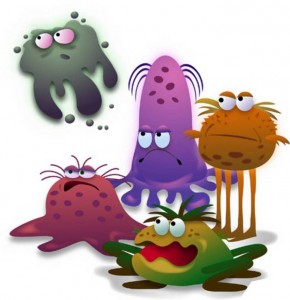 NOTE: The word “smegma” appears to have first been used in 1819. Like so many other words, it comes to us from Greek, and refers to the stuff’s resemblance to an ointment. I never knew this before, and I’m sure I’ll forget it pretty soon.
NOTE: The word “smegma” appears to have first been used in 1819. Like so many other words, it comes to us from Greek, and refers to the stuff’s resemblance to an ointment. I never knew this before, and I’m sure I’ll forget it pretty soon.
Smegma is just another place that bacteria like to hang out. You want to get it all cleaned off before your (mare’s) baby starts nursing, so that baby doesn’t fill up its stomach with bacteria-laden milk. You can just use soap, and it’s easiest to do it when the udder is full. A full udder has all of the cracks and crevices spread out, and it’s easier to clean. And, by the way, hopefully you’ve maybe cleaned the mare’s udder a few times before the foal is born, so that she’ll be used to you groping around down there. Might save a kick or two.
“GREAT,” you say, somewhat annoyed. “SO I HAVE TO DO A LOT OF WASHING. WHAT ABOUT THE UMBILICAL CORD?” (This is part of goal number one, by the way).
Glad you asked. Two things about the cord.
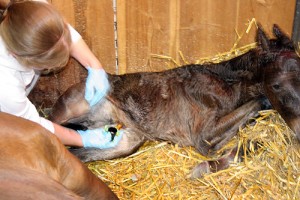 1. Let it break on its own. Don’t go pulling and tugging on it. It will break when it’s supposed to break.
1. Let it break on its own. Don’t go pulling and tugging on it. It will break when it’s supposed to break.
2. Once it does break, you’re going to want to dip it. And the best thing in which to dip it is a 0.5% solution of chlorhexidine.
Chlorhexidine is a light blue, pretty nice-smelling disinfectant that you’re probably going to have to get from your veterinarian, or from your pharmacy. It usually comes as a 2% or 4% solution. If you’re good at math, you can skip over the next part, but if not, here’s how you make a 0.5% solution.
- If you start with 2% chlorhexidine, you’re going to need 3 parts water to 1 part chlorhexidine to get to a dilution of 0.5%. So, if you have an old gallon milk jug, you can put in a quart of chlorhexidine, and fill it up the rest of the way with water.
- If you start with 4% chlorhexidine, you’re going to need 7 parts water to 1 part chlorhexidine to get to a diluation of 0.5%. So, you’d add a pint of chlorhexidine to your old milk jug, and then fill it up the rest of the way with water.
 Oh, and when you dip the navel, don’t just do it once and pat yourself on the back. Dip it every six hours for the first day, a total of 4 times in 24 hours.
Oh, and when you dip the navel, don’t just do it once and pat yourself on the back. Dip it every six hours for the first day, a total of 4 times in 24 hours.
By the way, iodine is way too harsh, and povidone-iodine is way too weak. Use chlorhexidine. Plus, it’s a prettier color, and it smells better, too.
GOAL NUMBER TWO – GET YOUR (MARE’S) FOAL SOME IMMUNITY
 When babies are born, they’ve never been exposed to the world. Heck, for all I know, prior to being born they thought they were some kind of fish, since they lived in a liquid environment, and never had to breathe. But anyway, as soon as they are born, they are exposed to the environment, and as wonderful as the environment is, it’s fully of bacteria and other bugs that can make your (mare’s) foal very sick.
When babies are born, they’ve never been exposed to the world. Heck, for all I know, prior to being born they thought they were some kind of fish, since they lived in a liquid environment, and never had to breathe. But anyway, as soon as they are born, they are exposed to the environment, and as wonderful as the environment is, it’s fully of bacteria and other bugs that can make your (mare’s) foal very sick.
Mother Nature (or Mom’s, as she’s known in some circles) came up with a very clever way to help fight off these bacteria. There are immune factors in the mare’s first milk, which, if you didn’t already know, is called colostrum. (If you want to read about colostrum, you can CLICK HERE, in a nice article written by my friend Dr. Pat McCue, of Colorado State University.) And in order to achieve goal number two, you want the baby to drink as much of it as it can, as soon as possible. The baby only has about 24 hours before it can’t absorb those immune factors.
So, to keep your (mare’s) baby healthy, it’s not a bad idea to milk the mare, and feed the baby 4 – 8 oz. of colostrum from a bottle, while the baby is still on the ground. Wait for the foal to have a good strong, suckle and don’t try doing this while it’s learning to stand. It’s hard enough just being born; baby horses can’t do two things at once at this stage in the game. Getting a bit of colostrum into the foal early is not only good for the foal’s health, it’s endearing as heck, and a great photo opportunity. Just make sure that you don’t make the baby stretch it’s head up to drink, because you don’t want any of the colostrum running down into the lungs and setting up pneumonia.
GOAL NUMBER THREE – MAKE SURE YOUR (MARE’S) FOAL IS OFF TO A VIGOROUS START
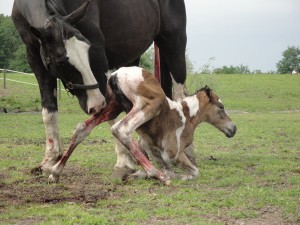 Healthy foals act like healthy foals, that is, they’re excited – almost impatient – to get on about life. So here are a few things that you can check on to make sure that your (mare’s) foal is off on the right foot. Er, feet.
Healthy foals act like healthy foals, that is, they’re excited – almost impatient – to get on about life. So here are a few things that you can check on to make sure that your (mare’s) foal is off on the right foot. Er, feet.
One to five minutes after birth
- The foal’s respiration rate should be more than 60 breaths per minute, and you should be able to count this by seeing the rib cage moving
- If (when) you stick a piece of straw up the foal’s nose (you’re not being cruel) you should get a vigorous response. I mean, would you like a piece of straw stuck up your nose?
- The foal should be sitting on its chest, with both feet forward, in what those-who-like-to-use-anatomically-correct wording call, “sternal position.” This is important, because having the feet out like this helps spread out the baby’s chest, and it helps fill the foal’s body with oxygen (which is a very good thing). When babies are on their side their right after birth their oxygen levels drop about 40%. Put in sternal position and it goes up 40%. Cool, right (and what a great conversation starter)!
Within one two hours after birth
- The baby should be standing (it’s often faster than that).
Within two to three hours after birth
- The baby should be nursing (it’s often faster than that).
- The mare (don’t forget about her) should expel her placenta. If she doesn’t call your veterinarian.
If you really want to immerse yourself in the ins and outs of foalings, I’d highly recommend Dr. Madigan’s book, The Manual of Neonatal Medicine, which is now in it’s fourth (count ’em!) edition. And if you want to see where you can get that CLICK HERE.
There’s nothing cuter than a newborn foal, and it’s well worth the time and effort to get your (mare’s) new baby off to a healthy start. I mean, you’ve spent a lot of money, and you’ve waited 11 months for this. So go have some fun, take some great photos, and get that foal off to a healthy start!




